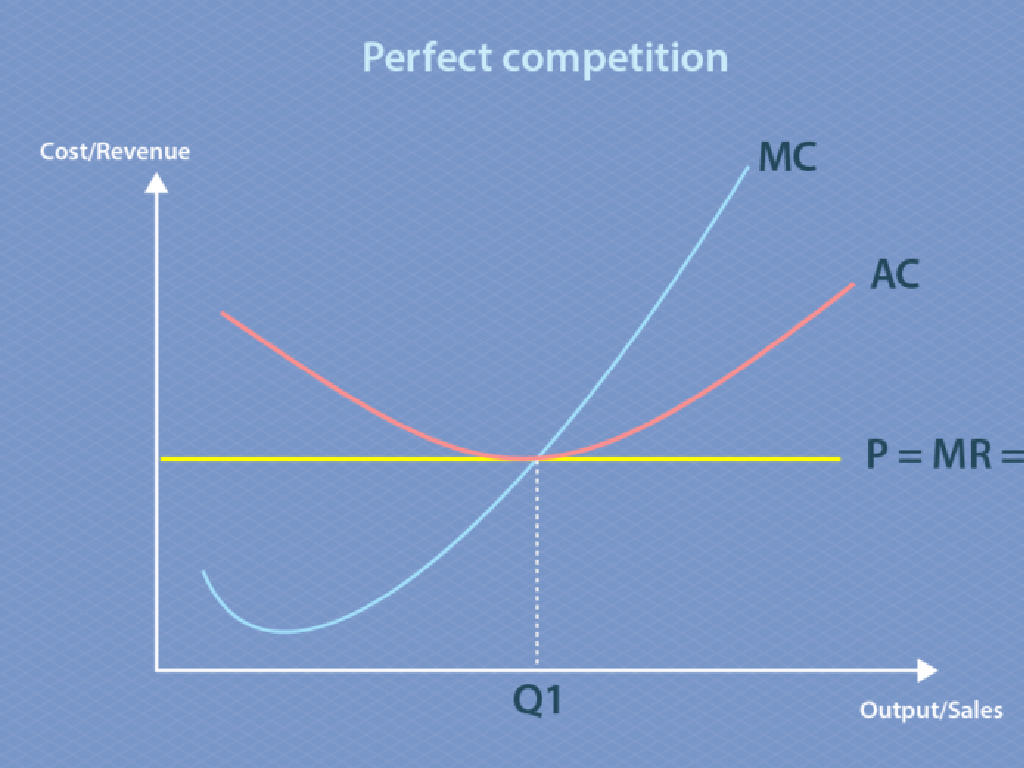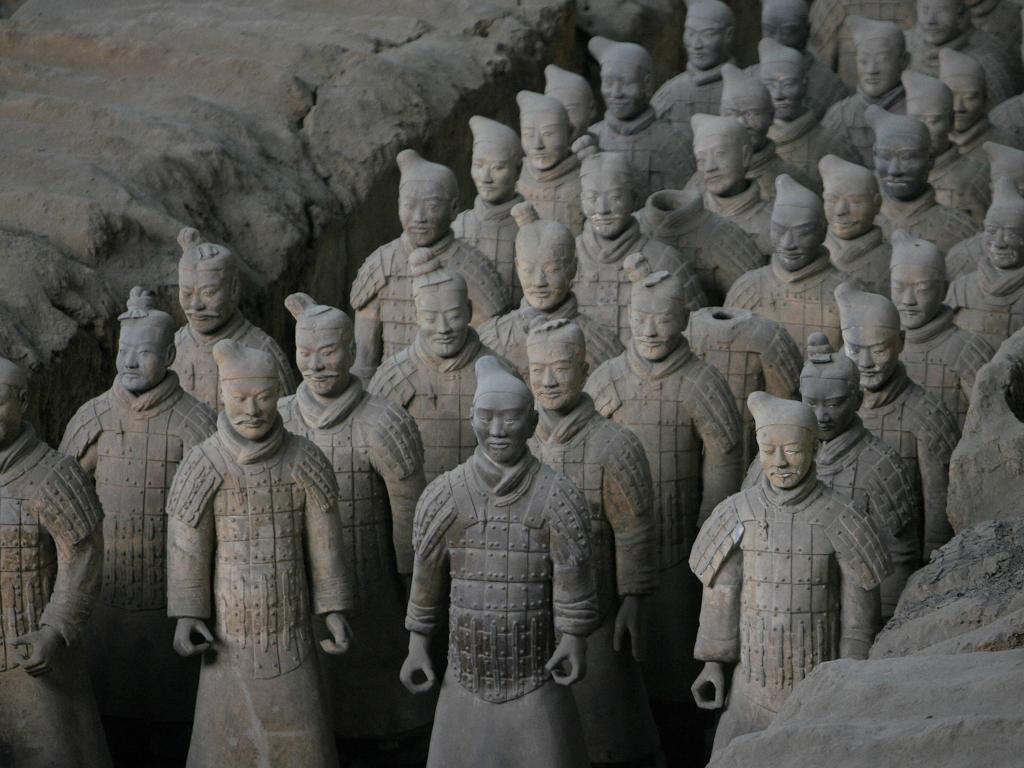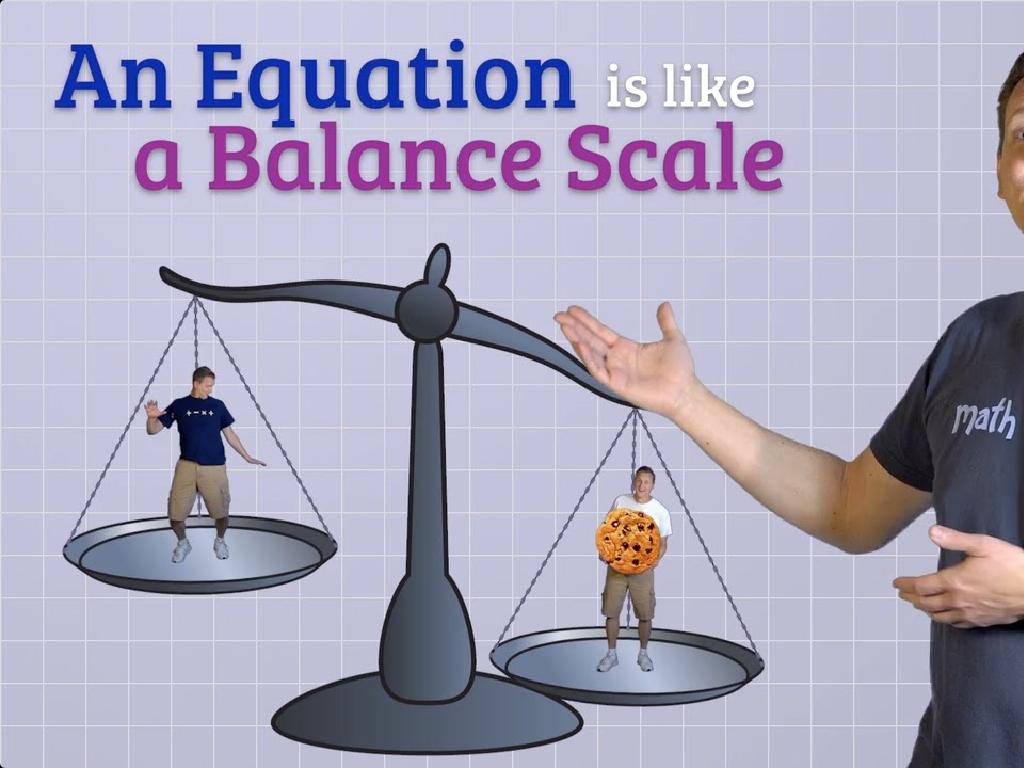Read A Calendar Ii
Subject: Math
Grade: Second grade
Topic: Calendars
Please LOG IN to download the presentation. Access is available to registered users only.
View More Content
Introduction to Calendars
– Greeting and today’s focus
– Purpose of a calendar
– Calendars show days, weeks, months, and years
– Calendars track dates
– Find today’s date, birthdays, holidays
– Planning with calendars
– Use calendars to look forward to events
|
Begin the lesson by greeting the students and explaining that the focus of today’s class is on understanding how to read calendars. Emphasize that calendars are tools that help us keep track of the days, weeks, months, and years. They are essential for knowing the current date and for planning ahead for special events such as birthdays, holidays, and other important days. Encourage the students to think about how they have used calendars in their lives or how they might use them in the future. This introduction sets the stage for more detailed lessons on how to read and use calendars effectively.
Days of the Week
– Seven days in a week
– Days: Sunday to Saturday
– Start with Sunday, end with Saturday
– Today’s day identification
– Use a calendar to find today’s day
– Practice saying the days
– Repeat the days in order together
|
This slide introduces the concept of the seven days that make up a week, which is a fundamental aspect of reading calendars. Start by reciting the days of the week with the class to reinforce memorization. Then, engage the students by asking them to identify the current day, which helps them to connect the concept with their daily life. Encourage participation by having students take turns saying the days of the week. This activity not only helps with memorization but also with understanding the sequence of days. As an extension, you can have students practice finding the days on an actual calendar, which will prepare them for more complex calendar-related tasks in future lessons.
Months of the Year
– 12 months in a year
– Sing ‘Months of the Year’ song
– A fun song to remember all the months
– Identify the current month
– Use a calendar to find today’s month
– Discuss the order of months
– Why do the months go in this order?
|
This slide is aimed at helping second-grade students understand the concept of months in a year. Start by stating that there are 12 months in a year. Engage the students by singing the ‘Months of the Year’ song, which will help them memorize the names and sequence of the months in a fun and interactive way. Ask the students to identify the current month by looking at a classroom calendar. This will help them connect the song to real-life usage of a calendar. Lastly, have a discussion about the order of the months and why they are arranged as they are, which can lead to a deeper understanding of the calendar year. Encourage students to share any patterns or observations they notice about the months.
Using a Calendar
– Calendars show days, weeks, months
– Find the weekday for any date
– Today’s date on the calendar
– Let’s locate today and discuss its significance
– Practice finding dates together
– We’ll work as a class to find specific dates and understand their placement
|
This slide introduces students to the concept of using a calendar. Explain that a calendar is a system for organizing days into weeks and months, and it helps us keep track of time. Show them how to identify today’s date on the calendar and what day of the week it is. Use an actual calendar to demonstrate this, and then have the students practice by finding other important dates, such as holidays or birthdays. Encourage them to understand the sequence of days and the progression from one month to the next. This activity will help reinforce their understanding of the passage of time and the use of calendars in daily life.
Special Days on Our Calendar
– Calendars track special days
– Birthdays and holidays are special
– Share your special calendar day
– Think of a day that is special to you, like a family member’s birthday or a holiday.
– Let’s mark class calendar days
– We’ll use stickers to mark these days on our class calendar.
|
This slide is meant to engage students with the concept of calendars as tools for remembering and celebrating special days such as birthdays and holidays. Start by explaining how calendars help us keep track of important dates. Ask students to share any special days they know and mark on their calendars, like family birthdays or national holidays. This will make the lesson relatable and interactive. Then, as a class activity, use a large calendar and stickers to mark upcoming special days that the class has discussed. This visual and participatory approach will help reinforce the concept of calendars and the importance of special days in their lives. Provide guidance on how to identify and mark these days, and encourage students to think about why these days are important to them.
Reading a Calendar: Planning Events
– Calendars help us plan ahead
– Like school events or family trips
– Identify days of the week for events
– What day is the school trip or family outing?
– Practice with a pretend birthday party
– Choose a date and plan the party on the calendar
|
This slide aims to teach students the practical use of calendars in planning and organizing events. Start by explaining how calendars are tools for keeping track of time and scheduling future activities. Emphasize the importance of knowing the days of the week and how this knowledge helps in planning. For the class activity, guide the students to plan a pretend birthday party using a calendar. Ask them to pick a date and then determine the day of the week it falls on. This exercise will help them understand how to use calendars in a fun and engaging way. Encourage them to think about all the things they would need to do to prepare for the party and how they can use the calendar to plan these activities.
Class Activity: Create Your Own Calendar!
– Make a calendar for this month
– Mark important personal dates
– Include your birthday or family events
– Add holidays and special events
– Include events like Earth Day or a local festival
– Decorate your calendar creatively
– Use drawings, stickers, or color coding
|
This activity is designed to help students understand the practical use of calendars while allowing them to express their creativity. Provide each student with a blank calendar template for the current month. Guide them to mark significant dates such as their birthday, holidays, and any other special days they look forward to. Encourage them to decorate their calendars using drawings, stickers, or any other craft supplies available. This will make the activity fun and engaging. Possible variations of the activity could include: 1) Pairing students to discuss and compare what special days they have marked, 2) Creating a classroom calendar with input from all students, 3) Discussing how different cultures may have different holidays and special days. This hands-on activity not only reinforces the concept of reading and understanding calendars but also enhances their creative and social skills.






